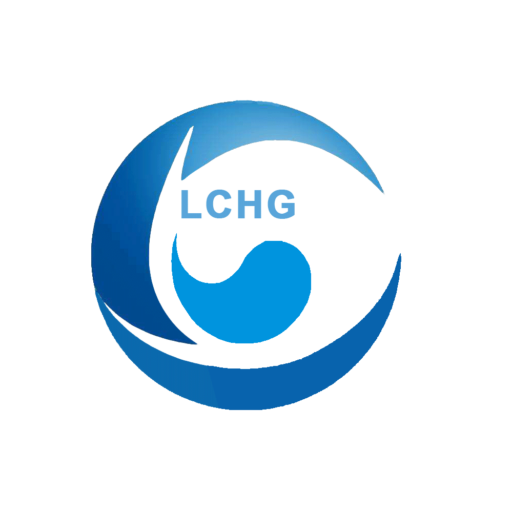Tinta UV para impressão tipográfica - Fotoiniciador
A impressão tipográfica é um dos métodos de impressão mais antigos utilizados no setor de impressão, com a invenção da impressão por colódio por Bi Sheng na dinastia Song, a impressão em xilogravura por Wang Zhen na dinastia Yuan e a impressão em chumbo por Gutenberg no século XV, todas elas tipografias. Na impressão tipográfica, a parte gráfica é elevada na superfície da chapa de impressão, e a tinta é aplicada somente à parte gráfica e depois transmitida diretamente ao substrato. Há dois tipos de tipografia: a do tipo plataforma e a do tipo rotativo. O tipo plataforma tem a chapa de impressão como uma superfície plana e o rolo de impressão como um cilindro, enquanto o tipo rotativo tem a chapa de impressão e o rolo de impressão como uma estrutura cilíndrica.
3.6.1 Confecção de chapas para impressão tipográfica
As chapas usadas para impressão tipográfica agora são chapas de impressão tipográfica de resina fotopolimerizada feitas de resina fotopolimerizada por meio de exposição e revelação UV. As placas de impressão tipográfica de resina fotopolimerizada são divididas em dois tipos: placas de impressão tipográfica de resina fotopolimerizada líquida e placas de impressão tipográfica de resina fotopolimerizada sólida.
(1) Confecção de chapas de revestimento de resina fotopolimerizada sólida
A chapa de impressão tipográfica de fotopolímero sólido adota material de polímero sólido para pré-produzir a chapa de fotopolímero, cuja estrutura é mostrada na Figura 3-18.
Figura 3-18 Estrutura das placas de toppan de fotopolímero sólido
A placa de resina sólida consiste em um polímero saturado, um agente de ligação cruzada e um fotoiniciador. Os polímeros saturados são derivados de álcool polivinílico, derivados de celulose e poliamidas; o agente de reticulação são compostos divinílicos; os fotoiniciadores são principalmente éteres de benjoim ou antraquinonas. Depois que os componentes acima são misturados uniformemente, eles são revestidos em uma base de folha de poliéster ou base de alumínio com uma camada anti-halação e, após a secagem, são transformados em uma chapa de impressão tipográfica de resina fotossensível sólida. Há também um componente de placa de resina sólida que é misturado e produzido por moldagem por extrusão.
Processo de fabricação de chapas de impressão tipográfica de resina fotopolimérica sólida:
Cobrir o negativo → exposição UV → revelação → secagem → pós-exposição → chapa de impressão.
Depois que a película protetora de polietileno é removida da chapa de resina sólida, o negativo e a camada de resina fotopolimerizada são laminados a vácuo, expostos aos raios UV, a parte visível à luz é reticulada e curada para formar a parte gráfica, e a parte visível à luz é removida no processo de revelação. Após a secagem, a segunda exposição UV é aplicada o suficiente para solidificar completamente a chapa para melhorar a dureza da chapa e transformá-la em uma chapa de impressão.
(2) Gravação de chapas de impressão tipográfica com resina fotopolimerizada líquida
A impressão tipográfica de resina fotopolimerizada líquida refere-se ao estado líquido da resina antes da sensibilização, e a impressão tipográfica de resina torna-se sólida após a sensibilização. A versão de resina líquida da resina de fotopolimerização é composta principalmente de poliéster insaturado e acrilato de poliuretano, agente de reticulação para bis-alcenos ou alcenos insaturados, e os fotoiniciadores são principalmente da classe do éter de benjoim. O processo de fabricação de chapas para chapas de impressão tipográfica de resina fotopolimerizada líquida é (consulte a Figura 3-19):
Revestimento com resina de fotopolimerização → exposição UV da frente e do verso → revelação → secagem → pós-exposição → chapa de impressão
Figura 3-19 Processo de confecção de chapas para chapas de impressão tipográfica de fotopolímero líquido
As chapas de impressão tipográfica de resina fotopolimérica sólida e as chapas de impressão tipográfica de resina fotopolimérica líquida foram amplamente utilizadas nas décadas de 1970 e 1990 na impressão de jornais e revistas, etiquetas, papel de embrulho e papéis timbrados. No entanto, devido à baixa resolução das chapas de impressão, à baixa resistência de impressão e à baixa qualidade de impressão, elas foram gradualmente substituídas pela impressão offset e pela impressão flexográfica e saíram do estágio da história da impressão.
Entre em contato conosco agora!
Se precisar do Price, preencha suas informações de contato no formulário abaixo. Normalmente, entraremos em contato dentro de 24 horas. Você também pode me enviar um e-mail info@longchangchemical.com durante o horário comercial (das 8h30 às 18h UTC+8 de segunda a sábado) ou use o bate-papo ao vivo do site para obter uma resposta imediata.
